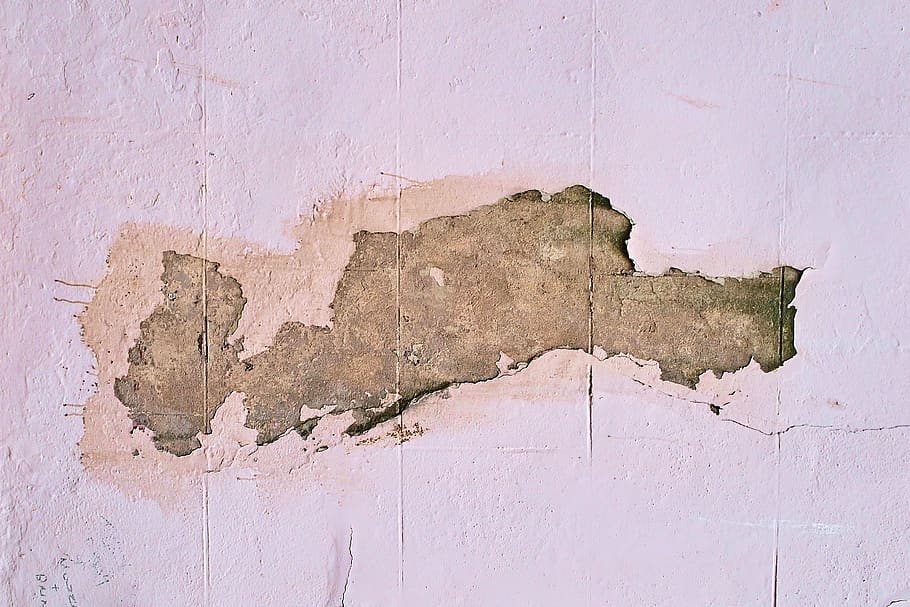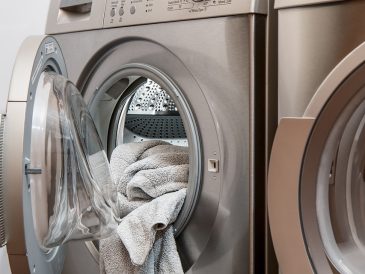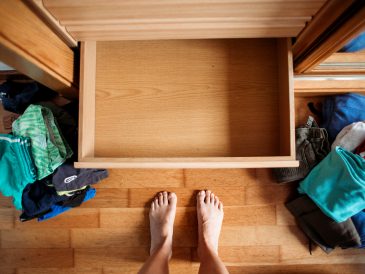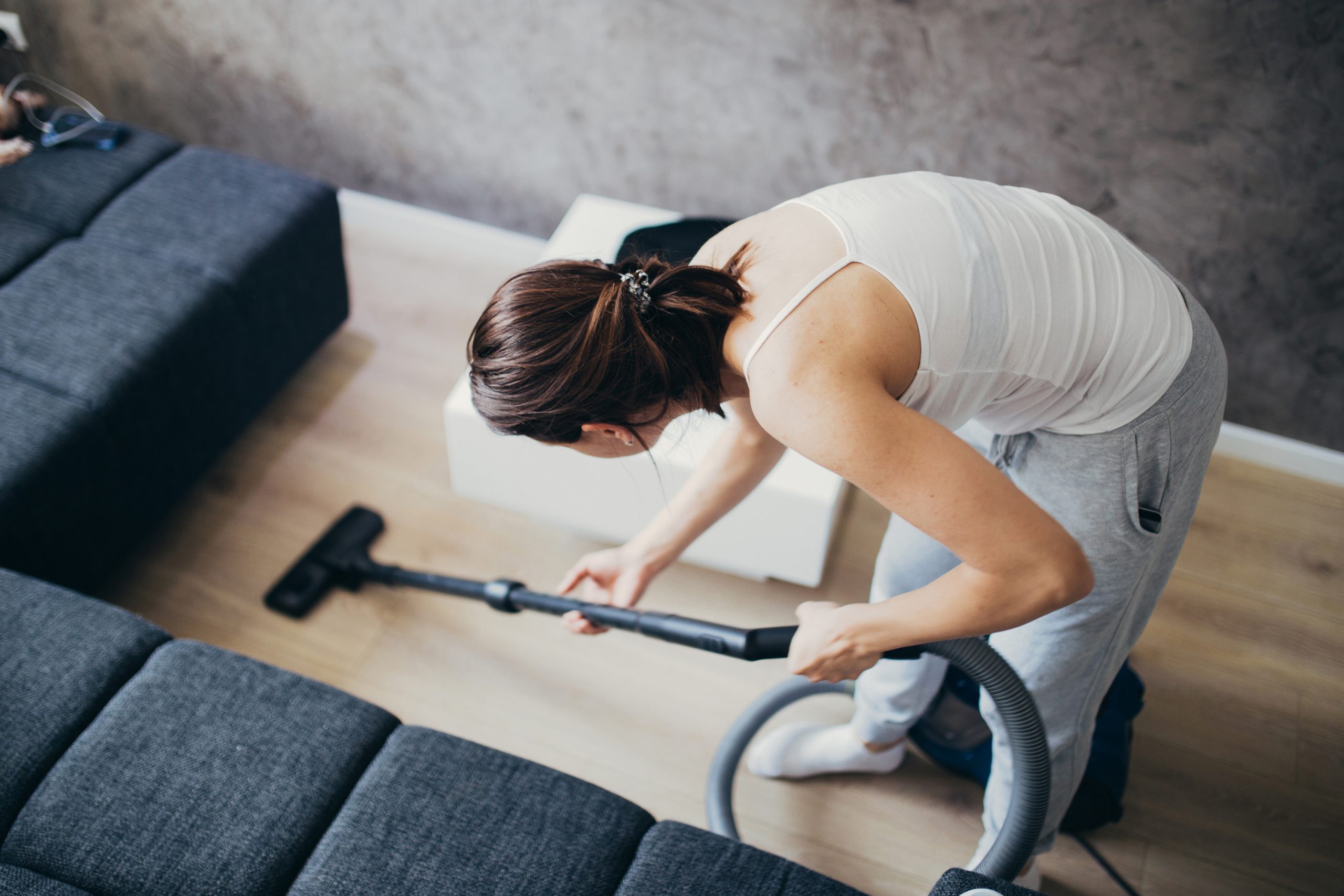How to Remove a Moisture Stain
A moisture stain is the first step toward rust and mold. Therefore, you should not take these stains lightly, and immediate action should be taken.
However, removing a moisture stain may not be enough. If the stain keeps coming back, it is probably a sign of a deeper problem. Contact a specialist who will diagnose your home and suggest a suitable treatment.
Cleaning a moisture stain on leather
To remove a moisture stain from leather:
Add water with a mild soap.
Dampen the stain with the mixture gently with a cotton swab.
Dip a second cotton swab in clean water.
Dampen the stain again to rinse.
Dry with a hairdryer.
Wax with an uncolored solution.
Another effective detergent is Vaseline.
On suede
Rub the stain with a cotton ball soaked in lemon juice and salt.
Wipe with a damp cloth.
Another effective detergent is baking soda.
On nubuck
Sprinkle the stain with baking soda.
Leave overnight.
Rub a wet cloth to pick up the detergent.
Another effective detergent is lemon juice mixed with salt.
Removing a moisture stain from fabric or garment
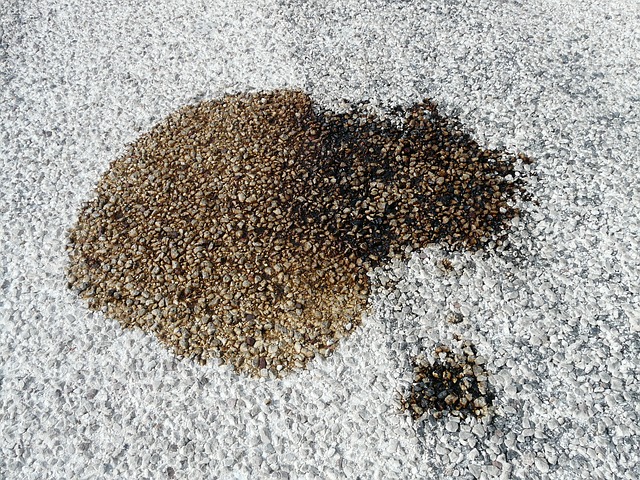
To remove a moisture stain from a garment, start by checking the fabric’s composition on the label.
On a synthetic fabric
Soak the fabric in a slightly diluted vinegar bath for several hours.
Wash in a washing machine.
On cotton
If the cotton is colored:
Prepare a basin containing vinegar and a little water.
Leave the laundry in the basin overnight.
Put the laundry in the washing machine.
If the cotton is white, you can use hydrogen peroxide or bleach.
On jeans
Soak the jeans for several hours in a solution of almost pure vinegar.
Run the jeans in the washing machine at 40°C.
On linen
If the fabric is white: rub the stain with bleach.
If the fabric is colored:
Immerse the garment in a large quantity of vinegar.
Leave for at least 5 hours.
Put the garment in the washing machine.
Another effective detergent is hydrogen peroxide.
On silk
Dab a cloth soaked in lemon juice mixed with table salt on the stain.
Rinse.
On satin
Place baking soda on the stain.
Wait a few moments.
Wash with clear water.
On velvet
Rub the stain with a cloth soaked in lemon and salt.
Wipe with a damp cloth.
On wool
Place the wool in a bath of strongly vinegared water.
Clean the wool in the washing machine.
On goat or sheep hair or skin
Pour bicarbonate on the stain for a few minutes.
Brush the dirt away.
On natural fur
Apply a soft cloth moistened with slightly diluted bicarbonate.
On synthetic fur
Rub the stain with a sponge of vinegar and water.
Wipe with a damp paper towel.
On waxed canvas
Rub the stain with a cloth soaked in water and vinegar until it disappears completely.
Rinse.
Wipe off.
Removing a moisture stain from wood
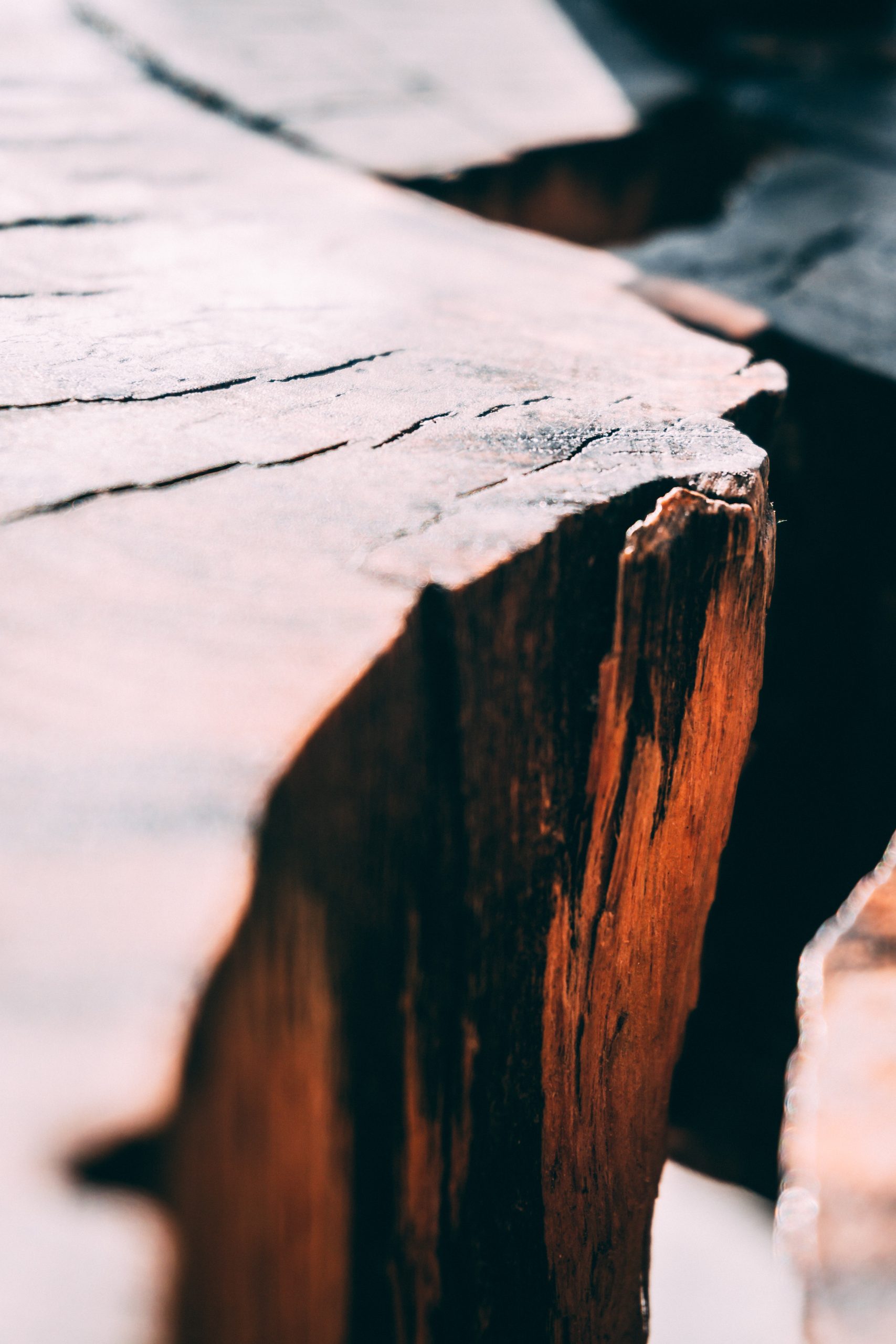
After removing a moisture stain from the wood, you may need to reapply a protective coat of paint or wax to the wood.
On white wood
Redraw the contours of the wood with a square of sandpaper (rub following the grain of the wood).
Another effective detergent is turpentine with linseed oil added.
On waxed wood
Erase a trace of humidity on waxed wood with a cork.
Another effective detergent is turpentine with linseed oil added.
On painted wood
Gently rub the stain with steel wool.
Apply a coat of paint to the treated area.
Other effective detergents: turpentine with linseed oil.
On teak
Teak likes water and dries evenly.
Cleaning a moisture stain on a floor or wall
A moisture stain on a floor or wall? Here’s how to remove it.
On natural fibers (sea rush, jute, coir)
Sprinkle the stain with baking soda.
If, after a while, the water sticks to the powder, add a carpet stain remover spray.
On sisal
Treat the stain with a carpet stain remover spray.
On linoleum
Wipe the stain with a clean cloth.
If it comes off:
Coat the peeled area with linseed oil.
Let it sit overnight with a heavy object on it.
Apply rubbing alcohol.
Protect with a paper towel.
Heat with an iron.
Press again with a heavy object for several hours.
Note: lino does not like a lot of water. Protect it by coating it with turpentine.
On cement or concrete
Apply an anti-stain product to the surface.
Note: water causes the cement and concrete to crumble over time.
On wallpaper
Wipe it with a dry cloth.
Caution: if the wallpaper is not washable, never get it wet.
On glass or crystal
Dishwashers that use high-temperature water can sometimes leave white lime marks on the glass.
Remove these marks with a vinegar-water bath.
Use a dishwasher scale remover.
On ceramic, earthenware, porcelain, or enamel
Wipe off with a clean cloth.
Removing a moisture stain from metal
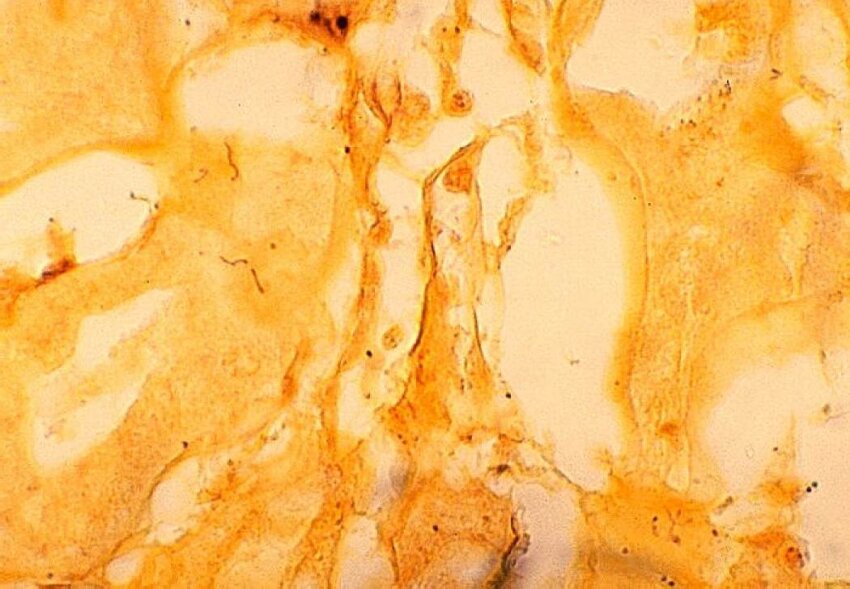
It is easy to clean a moisture stain on metal.
On stainless steel
Water can sometimes leave white marks on stainless steel. To remedy this:
Always wipe stainless steel after getting it wet.
Wipe with a cloth soaked in vinegar.
Other effective detergents: lemon with salt.
On copper
Dip it in a hot vinegar bath.
Rub with a sponge of water sprinkled with salt.
Soap.
Rinse.
Shine.
On brass
Dip it in Cola.
Rub gently with a cloth.
Wash with clear water.
Polish with a chamois.
Cleaning a moisture stain on stone
To remove a moisture stain on stone, dab the stain with bleach.
Another effective detergent is rubbing alcohol.
On granite
Rub the stain with a cotton ball moistened with hydrogen peroxide.
Another effective detergent is polishing powder.
List of detergents to remove moisture stains
Hydrogen Peroxide
Coca-Cola bottle
Dry shampoo for carpets and rugs
White vinegar
Bicarbonate of soda
Can of bleach
Dishwashing liquid
Table salt
Steel wool/iron wool brushes
Sandpaper
Hydrogen peroxide
Linseed oil
Lemon
Soap

